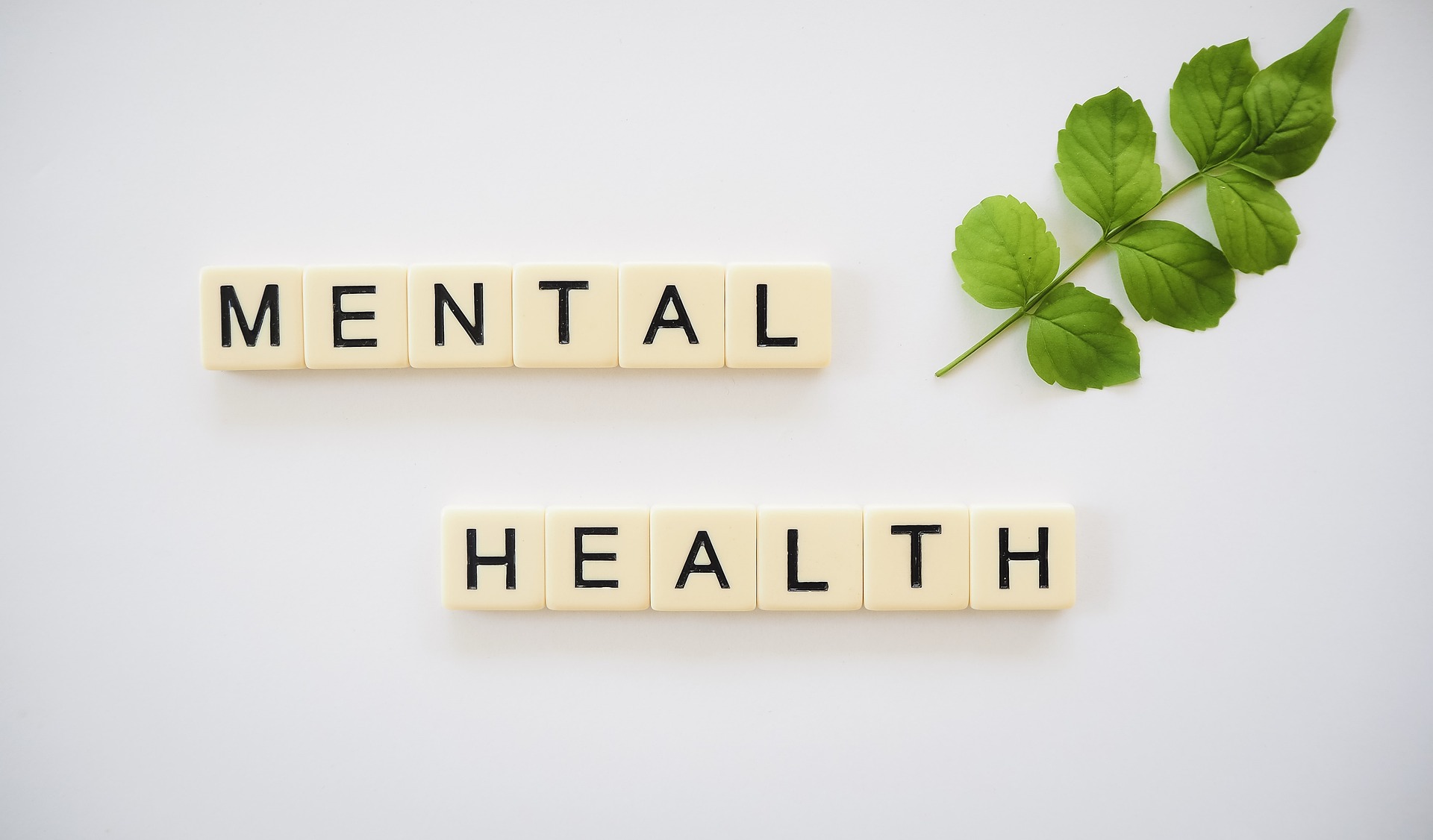The Silent Battle: Understanding and Managing Anxiety
Anxiety is not a new phenomenon. It is a natural response to stress, a survival mechanism of the human body designed to alert us to potential danger. However, when this response becomes chronic, it evolves into problematic anxiety, a mental health disorder that negatively impacts the quality of one's life. As the world progresses, modern society's demands and pressures seem to be fueling the prevalence of anxiety disorders. This article aims to delve into the historical context, current relevance, and unique insights into understanding and managing anxiety.

The Historical Context of Anxiety
Anxiety disorders, as we understand them today, are relatively recent classifications. Nonetheless, anxiety as a human experience has been recognized and documented throughout history. Ancient Greek physicians like Hippocrates recognized the symptoms we associate with anxiety today, attributing them to an imbalance of bodily humors.
In the 19th century, Sigmund Freud, the father of psychoanalysis, treated patients with anxiety-related symptoms. He was one of the first to suggest that these symptoms could result from psychological distress rather than physical illnesses. Over time, the understanding of anxiety evolved, and it was officially recognized as a specific mental health disorder in the 1980s with the third edition of the Diagnostic and Statistical Manual of Mental Disorders (DSM-III).
The Current Relevance and Impact of Anxiety
Today, the relevance of anxiety cannot be overstated. The World Health Organization (WHO) estimates that approximately 264 million people worldwide suffer from an anxiety disorder. It is the most common mental health disorder globally and has a significant impact on the quality of life and productivity of those affected.
The impact of anxiety is felt in various aspects of our society. It affects the economy, with billions of dollars spent annually on healthcare and lost productivity. Moreover, it influences the educational sector, with increasing numbers of students reporting anxiety-related issues that impact their academic performance.
The ongoing COVID-19 pandemic has also highlighted the widespread impact of anxiety. The uncertainty and fear associated with the pandemic have led to a surge in anxiety disorders globally, further emphasizing the need for effective ways to understand and manage anxiety.
Trends in Understanding and Managing Anxiety
In the past, anxiety was often misunderstood and stigmatized, making it difficult for those suffering to seek help. However, thanks to increasing public awareness and advocacy, this trend is slowly changing. There is a growing understanding that anxiety is a legitimate, treatable condition and not a personal failing.
The management of anxiety has also evolved over time. While medication and psychotherapy remain the primary treatment methods, there is a growing recognition of the role of lifestyle changes in managing anxiety. Regular physical activity, a healthy diet, adequate sleep, and mindfulness practices such as meditation and yoga are now recommended as part of a comprehensive approach to managing anxiety.
Unique Insights into Anxiety
While much is known about anxiety, there are some unique insights not widely covered. For instance, it is believed that anxiety can be both hereditary and environmental. Research has shown that children of parents with anxiety are more likely to develop anxiety themselves. However, it’s crucial to note that this does not mean that anxiety is inevitable for these individuals. Environmental factors, such as traumatic experiences or chronic stress, also play a significant role.
Another insight is the relationship between anxiety and physical health. Anxiety is not just a mental health disorder; it can also have physical manifestations such as headaches, stomach issues, and heart palpitations. This connection underlines the importance of a holistic approach to managing anxiety, which considers both mental and physical health.
Balancing Depth and Accessibility
Understanding and managing anxiety is a complex issue requiring a balance of depth and accessibility. While it’s essential to have a deep understanding of the disorder, it’s equally important to make this knowledge accessible to those affected and their loved ones.
Education is a vital tool in achieving this balance. By educating society about the nature of anxiety, its symptoms, and effective management strategies, we can help reduce the stigma associated with the disorder and encourage individuals to seek help. Accessible resources, such as online mental health platforms and community programs, can also play a significant role in providing support and information.
In conclusion, anxiety is a prevalent issue in today’s society, rooted in our history and magnified by our modern world’s pressures. However, with growing awareness and understanding, we have more tools than ever to manage anxiety effectively and improve the quality of life for those affected.




